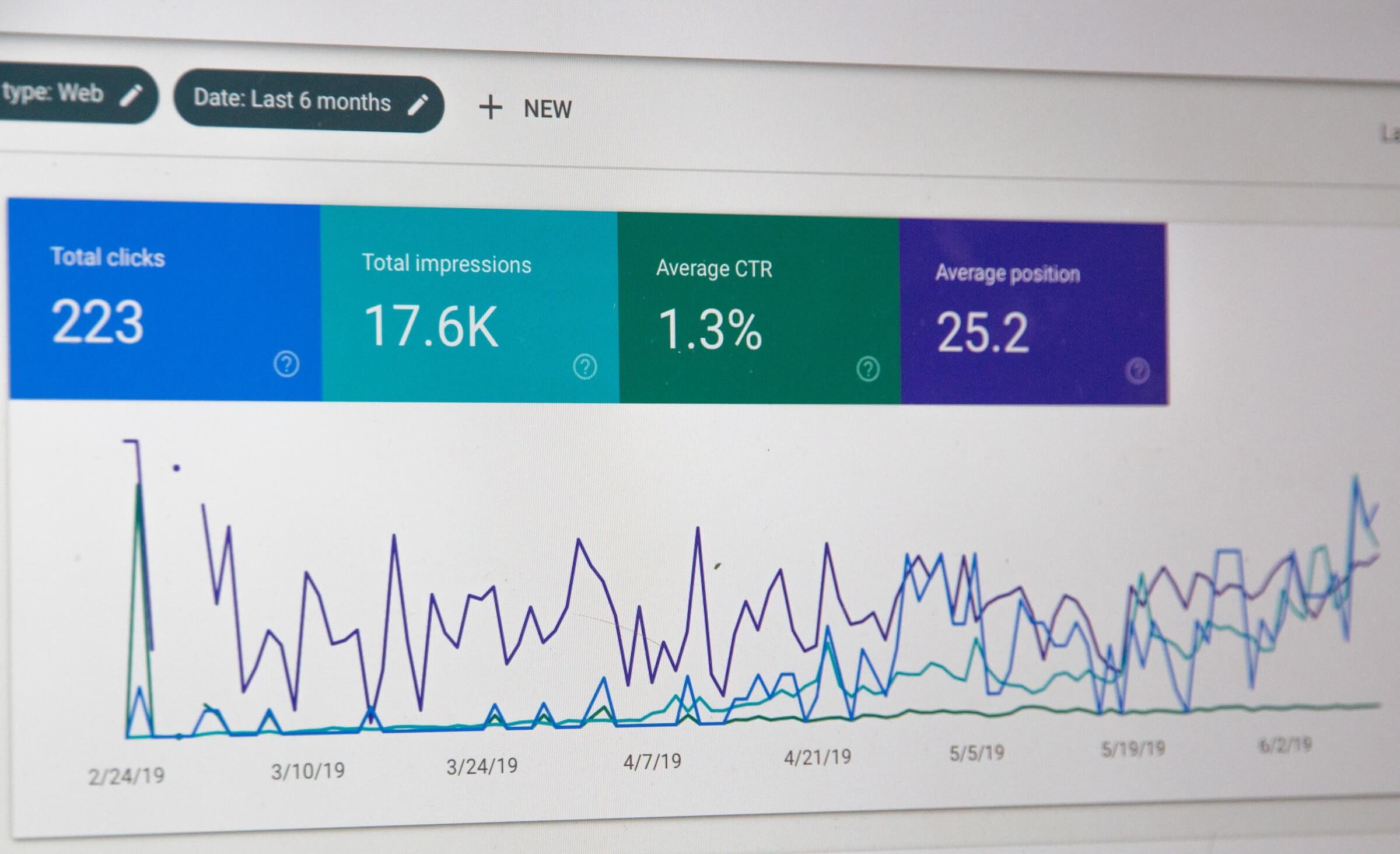Many small business owners set up a blog to drive traffic to their income producing website. Customers are always seeking informative content that provides them with a solution to one of their problems. That’s where keywords come into play.
The more pertinent keywords you have, the greater the chances that readers will find your blog. But did you know that long tail search queries can be a more effective method of marketing, than just listing a bunch of single or double keywords in the background of your site?
What exactly is long tail marketing?
This is the practice of drawing readers to your blog, with a series of long keyword search phrases, that aren’t normally used. This means that you’re focusing on a special niche market, which could prove to be a lucrative market in terms of sales.
If other websites are ignoring this type of traffic, than it’s a bonus for your business. Surprisingly, you’ll find that most of your potential traffic lies in these long tail phrases. Because, most people searching for “iPhone” or “tablet” don’t really know what they want. But for those searching for “iPhone with the best monthly service plan” or “best tablet for graphic designers”, they have already put some thought into what they want, and these are the customers that you want to focus on.
More specific keywords means people have given some thought to what they’ve been searching for, and have a higher buying intent. Of course these are the people you want to attract to your site.
Niche vs. Superstar- 20/80 Rule.
Consider long tail marketing as niche vs. superstar. There have been studies and papers published about this and in short- superstar keywords, products etc make up around 20% of your blog or site traffic. The other less popular keywords, products etc make up the remaining 80% of your traffic.
This is largely due to the fact that some articles or products will automatically be in more demand than the rest but if you have a larger post or product -base the remaining traffic will come through lower demand products.
Long Tail Focuses on the Niche.
Long tail marketing allows you to focus on more of a niche group of readers, than just a long list of general search terms that some people may be searching for. If you’re running a nutritional supplement website, than this means people may be searching for more than just “diet supplement, or appetite-suppressant”, they may be searching for “diet supplement that really works”, or “appetite-suppressant without side effects”.
The term long tail marketing really means that you’ll be focusing on a longer key word phrase than has traditionally been done in the past. Usually keywords are one to three words, but in long tail marketing, you can go up to five or six words, to be sure that your blog is covered.
Using this approach ensures that you can potentially capture a wider audience. Additionally, this approach is usually less competitive than using just one or two keywords as the whole string of keywords are focused on a more specific search query.
There can be some disadvantages to long tail marketing. Most people want to type only a couple of words into their search engines, and get results fast. Almost as if they are programmed to search for web based on specific keywords. However. deciphering exactly what your potential customer is searching for and then writing to match a niche or long tail search query is key here. In most cases the searcher is looking for more info if they are using a long tail search query.
Long tail keywords are very specific. It may take some time to experiment with finding the best grouping of keywords, but once you start noticing a higher conversion rate on your site, then you’ll know you’re on the right track.
Long tail marketing can be an effective way of generating more relevant traffic to your website. A visitor who has been led to your site, because they used a long tail search phrase in their search engine, is more likely to be a customer who will be purchasing your product.


